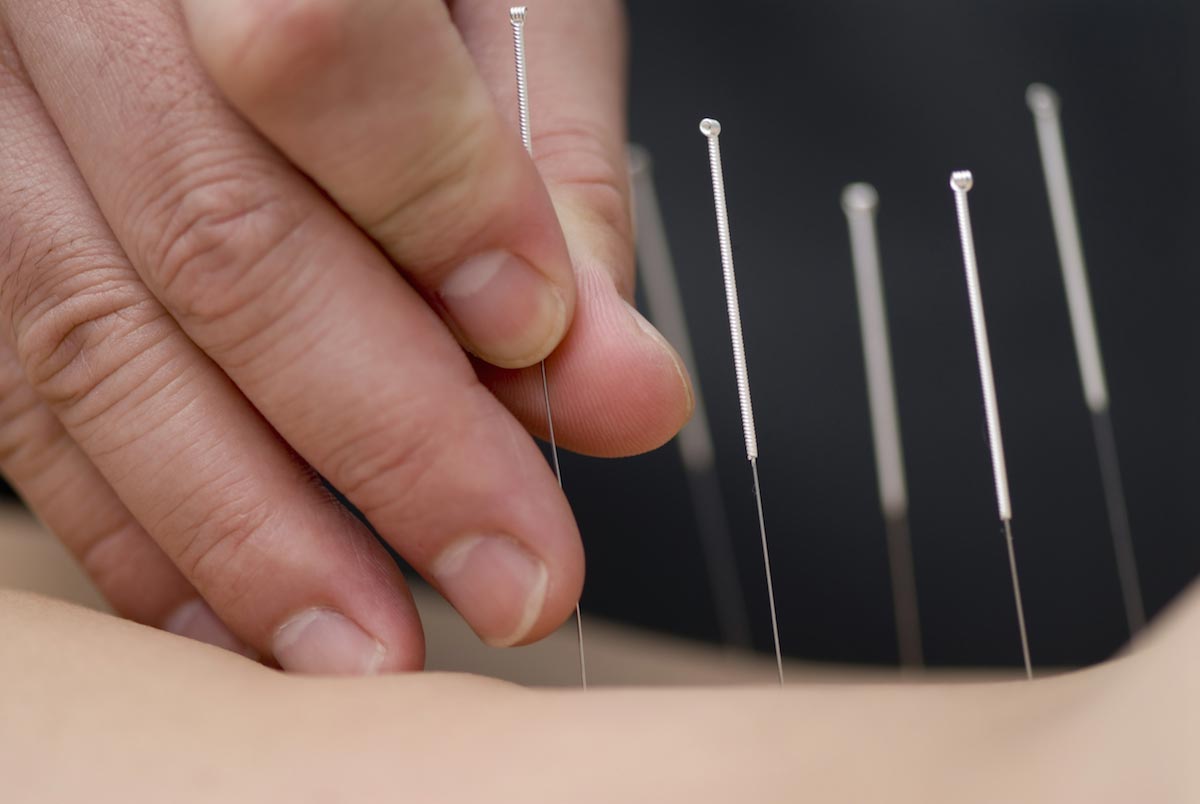Glucose tolerance can be improved with muscle-damaging exercise
03/16/2018 / By Jhoanna Robinson

A new study that has been published in an issue of the Journal of Traditional and Complementary Medicine seeks to identify the gravity of muscle damage and blood glucose responses in people engaging in high-intensity exercise.
This was done via an oral glucose tolerance test (OGTT) after eccentric training of 21 healthy junior athletes with no history of muscoskeletal disorders of the lower limbs. The participants were asked to refrain from physical training and medication during the study period.
The participants engaged in five 100-meter downhill sprints and 20 squats at 30 pounds weight load for three days, which caused a wide spectrum of muscle creatine kinase (CK) surges in plasma 48 hours following the last bout of exercise.
High-intensity or eccentric exercise causes necrosis (death of cells in an organ or tissue), white blood cell infiltration, and skeletal muscle insulin resistance. Skeletal muscle is around 40 percent of a person’s body weight; it is the principal tissue for post-meal glucose uptake.
Around 85 percent of post-meal glucose goes into muscle tissues. Insulin sensitivity suggests insulin resistance happens during the first 48 hours after eccentric exercise. Impaired muscle insulin sensitivity purports a negative consequence in the whole-body glycemic regulation.
The study participants were grouped into two based on the magnitude of CK increases (low CK: +48 percent +- 0.3 and high CK: +137 percent +- 0.5, P < 0.05).
Both groups manifested similar decreases in blood glucose levels in OGTT, showing that this muscle-damaging exercise doesn’t seem to decrease but rather boost glycemic control in men. This is because muscles that experience new fiber regeneration are better equipped to absorb circulating glucose. As a matter of fact, inflicting tolerable tissue damages has been used as a therapeutic strategy in traditional and complementary medicine to treat illnesses.
100% organic essential oil sets now available for your home and personal care, including Rosemary, Oregano, Eucalyptus, Tea Tree, Clary Sage and more, all 100% organic and laboratory tested for safety. A multitude of uses, from stress reduction to topical first aid. See the complete listing here, and help support this news site.
The researchers concluded that eccentric exercise does not decrease glucose tolerance but in fact boosts it. Improved glucose tolerance with CK increase attests to the beneficial effect of getting rid of metabolically weaker muscle fibers by eccentric exercise in the manner of Darwinian law of natural selection.
“Based on these findings, we hypothesized that muscle-damaging exercise training will decrease glucose tolerance in men. In this study, we assessed oral glucose tolerance together with muscle CK in plasma, two days following the last bout of exercise training containing eccentric muscle contraction,” the researchers said.
The study was done in conjunction with the guidelines in the Declaration of Helsinki in Finland.
More on glucose tolerance
Around one in three people with impaired glucose tolerance (IGT) will acquire type-2 diabetes within 10 years if their IGT is left untreated. According to the United States Centers for Disease Control and Prevention and the American College of Sports Medicine, intermittent moderate-intensity workouts can improve the physical condition and health of individuals with IGT.
The guidelines specifically suggest that individuals should get 30 minutes of moderate-intensity exercise every day. Activities that would fit into the description of 30-minute moderate-intensity exercise include walking briskly (three to four miles per hour), gardening, and general house cleaning, among others.
Studies say that people who perform 30 minutes of moderate-intensity exercise per day have lower morbidity and mortality rates than those who are habitually inactive. In fact, a seven-year study showed that moderate amounts of leisure time physical activity were linked with 63 percent as many incidents of fatal coronary heart disease events and 70 percent as many total deaths when compared with those who performed low levels of leisure time.
The removal of glycogen in the body may be one of the leading factors why there is increased insulin action after exercise cessation. (Related: Green tea extract may help prevent type-2 diabetes through improved glucose tolerance.)
For more stories concerning health and fitness, and how best to lose those extra pounds, visit Slender.news.
Sources include:
Tagged Under: blood glucose, cfreatine kinase, diabetes, eccentric exercise, fitness, glucose tolerance, high-intensity exercise, muscle damage




















